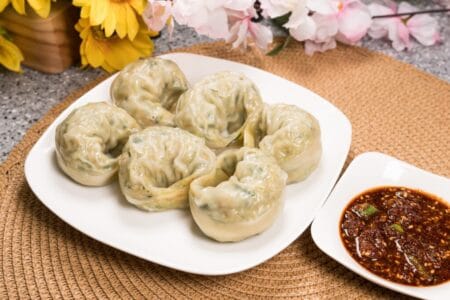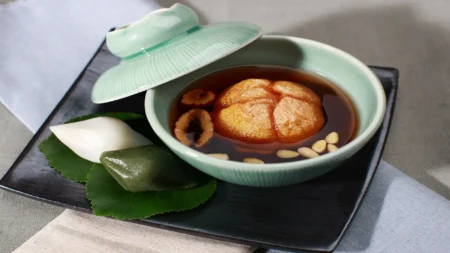From sizzling cheese pulls to vibrant kimchi-making tutorials, Korean food has found a powerful stage online — and TikTok and Instagram are leading the charge. These platforms aren’t just influencing what people eat; they’re redefining how Korean food is shared, discovered, and reimagined around the world.
Welcome to the digital age of K-food 2.0, where every scroll, swipe, and double-tap fuels a culinary movement.
📱 From Seoul to Your Screen
Once confined to food stalls and family tables, Korean cuisine now goes viral in seconds. On TikTok and Instagram:
ASMR tteokbokki sounds rack up millions of views
30-second recipes for kimchi pancakes or garlic soy eggs flood feeds
Street food POVs give followers a front-row seat to sizzling grills in Myeongdong and Gwangjang Market
With content that’s fast, visual, and satisfying, Korean food has become prime content currency — both locally and globally.
🔥 Virality = Visibility
Social media has propelled Korean food trends from niche to mainstream. Just a few examples:
Tanghulu went from a rare street treat to a global DIY craze
So-tteok so-tteok became an icon thanks to its sizzling visuals and satisfying bites
Croffles, a croissant-waffle hybrid born in Korean cafés, are now café staples from Paris to Los Angeles
Dalgona candy exploded post-Squid Game, with viewers trying the honeycomb challenge themselves
With the right lighting and a catchy sound, even the most traditional dishes get a modern glow-up.
🎥 TikTok Recipes: Simple, Snackable, Shareable
TikTok’s short-form format is perfect for food trends:
Visual payoff: Melting cheese, fiery sauce pours, and crunchy bites
Simplicity: Fast, easy recipes made with accessible ingredients
Relatability: Everyday creators, not just chefs, making the food feel approachable
This has led to a democratization of Korean cooking, where people worldwide are trying their hand at kimchi, bulgogi, and Korean-style lunchboxes (dosirak) — often with a personal or local twist.
📸 Instagram: Where Aesthetics Meet Appetite
While TikTok delivers action, Instagram captures the moment — and presentation is everything.
Perfectly arranged banchan spreads
Minimalist café desserts and drinks
Neon-lit KBBQ tables and moody ramen bars
Korean food isn’t just delicious — it’s designed for the feed. And that’s encouraged a wave of restaurants, cafés, and creators to elevate the visual side of cuisine as part of the experience.
🌎 Cultural Impact: The Globalization of K-Food
Thanks to social media, Korean food is no longer “exotic” — it’s aspirational. The influence goes both ways:
Global creators put their spin on K-recipes
Korean chefs respond by blending international flavors into traditional fare
Korean ingredients like gochujang, perilla oil, and tteok are now pantry staples worldwide
TikTok and Instagram have become cultural bridges, making Korean food not just popular, but personal.
🧠 Food Meets Identity
For Korean creators and diasporic communities, this trend is also about representation and storytelling:
Sharing childhood memories through food
Reclaiming traditional dishes in modern formats
Educating viewers about lesser-known ingredients and customs
Food becomes a way to celebrate identity — and that’s a trend with staying power.
🍽️ Final Bite
TikTok and Instagram have done more than make Korean food trendy — they’ve made it unmissable. Every sizzling skewer, every crunchy Tanghulu bite, every bubbling stew tells a story. And thanks to social media, that story is being told — and tasted — by millions across the globe.
In the age of algorithms and aesthetics, Korean food isn’t just eaten. It’s filmed, filtered, and followed.







